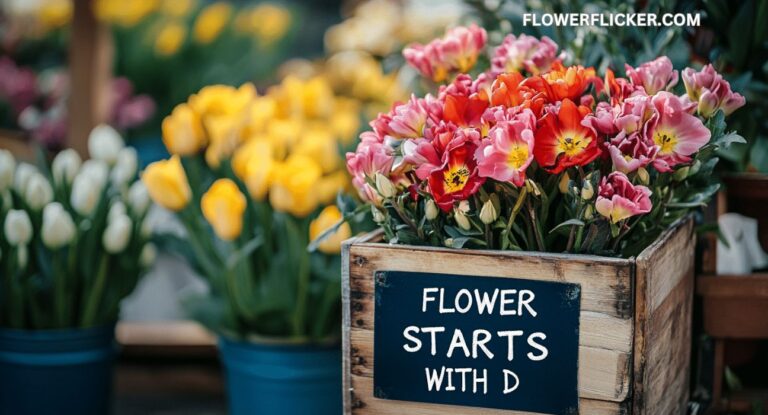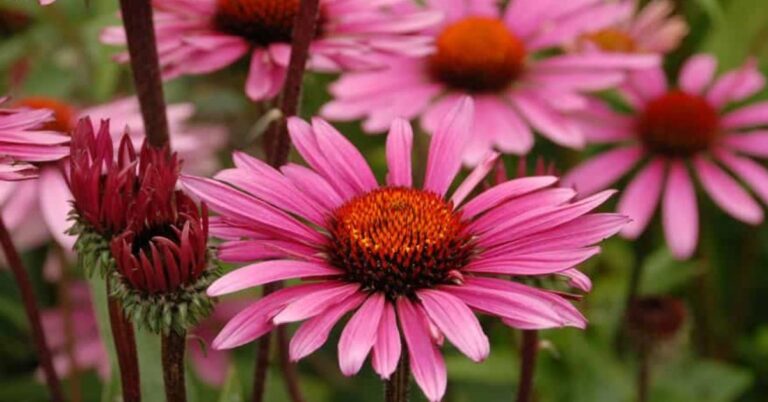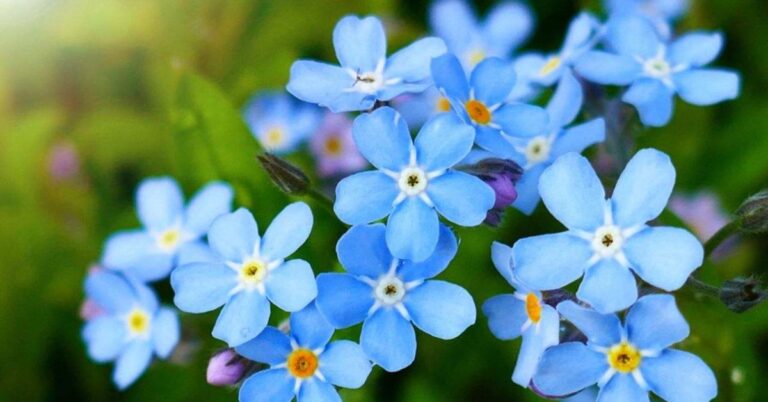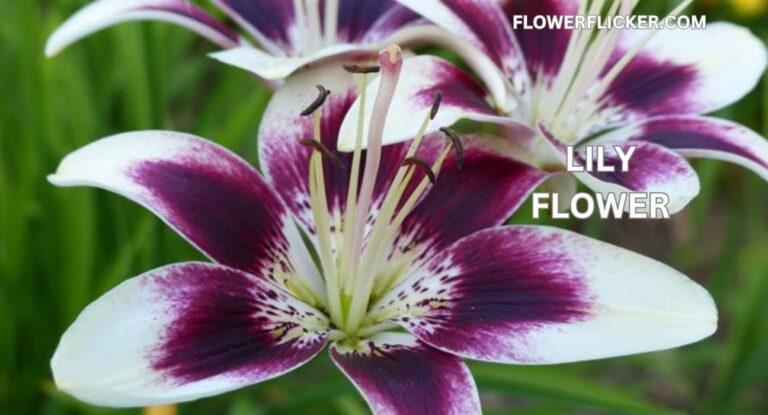35 Beautiful Flowers That Start with P: Names, Pictures, and Growing Tips
Introduction
Flowers bring color, fragrance, and charm to any garden. If you’re looking for flowers that start with P, you’ve come to the right place! This list showcases 40 stunning flowers, along with their unique features, planting tips, and growing conditions. Whether you’re a beginner or a seasoned gardener, these P flowers will add beauty and variety to your landscape. Let’s dive in!
Read More: Black Dahlia Flower
1. Pincushion Protea

Pincushion Protea is a striking flower with spiky, globe-shaped blooms in red, orange, and yellow shades. Native to South Africa, this unique bloom thrives in warm climates and well-drained soil.
Planting Tips:
- Grow in full sun with sandy, well-draining soil.
- Water deeply but infrequently.
- Avoid over-fertilization, as Proteas prefer lean soil.
2. Painted Tongue (Salpiglossis)
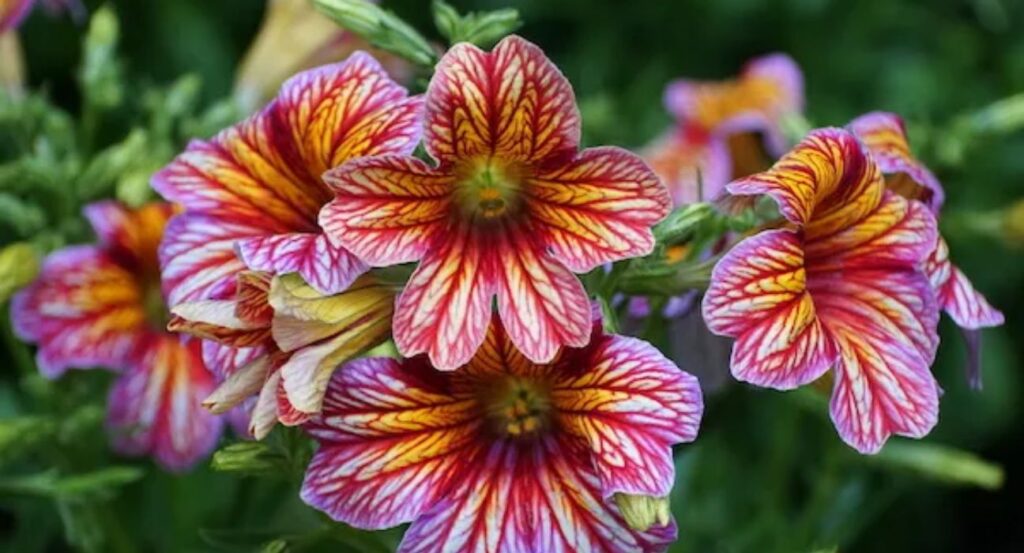
Painted Tongue is an exotic-looking flower with velvety, trumpet-shaped blooms covered in intricate patterns. It adds a tropical feel to gardens with colors ranging from purple to gold.
Planting Tips:
- Prefers full sun and moist, well-drained soil.
- Deadheads bloom to encourage continuous flowering.
- Suitable for containers and borders.
3. Prairie Coneflower
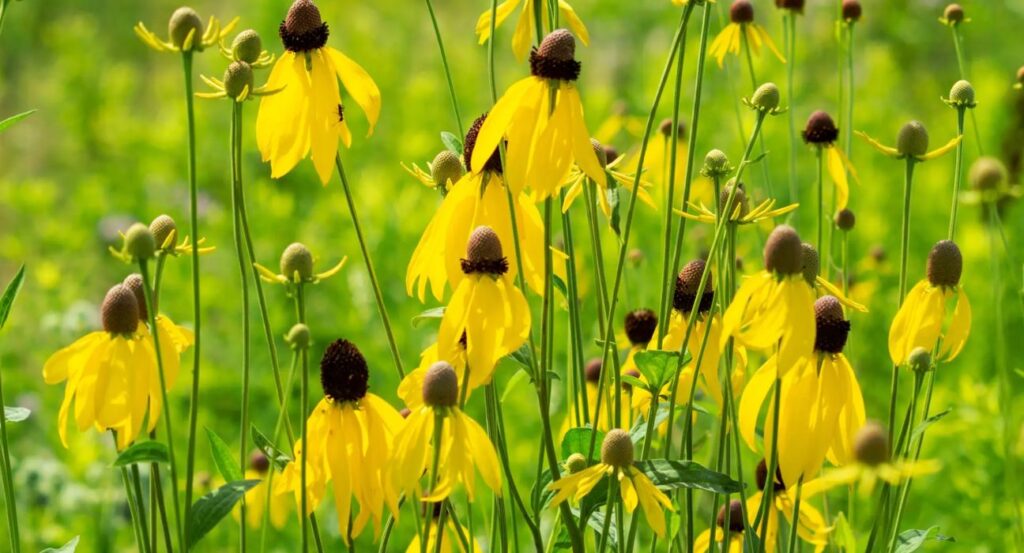
Prairie Coneflower is a resilient wildflower known for its tall, daisy-like blooms with dark cone-shaped centers. It attracts bees and butterflies while thriving in dry conditions.
Planting Tips:
- Plant in full sun and dry, sandy soil.
- Requires little maintenance once established.
- Drought-tolerant and deer-resistant.
4. Persian Buttercup (Ranunculus asiaticus)
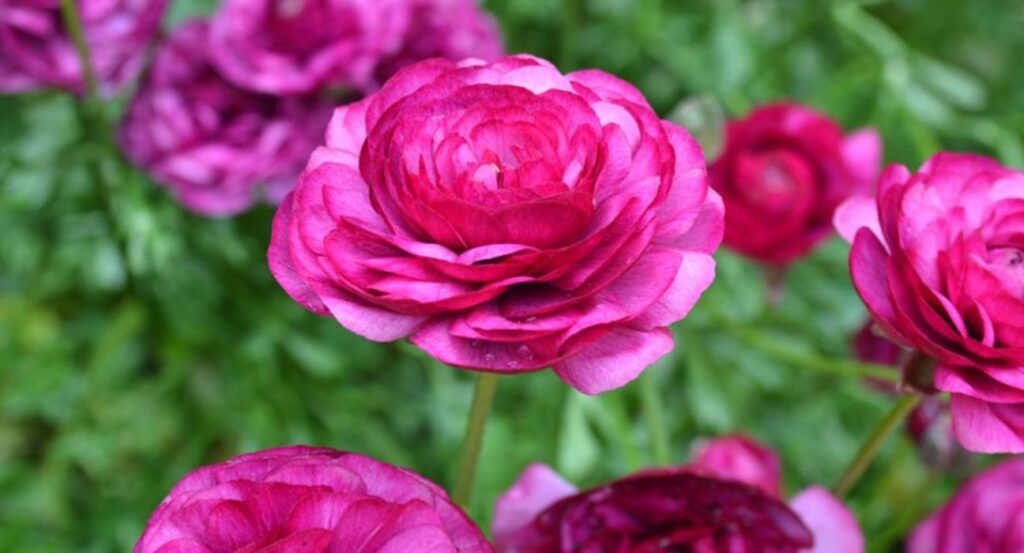
Persian Buttercups feature layers of ruffled petals in vibrant colors, resembling roses. These flowers are popular in floral arrangements and bloom in late spring.
Planting Tips:
- Grow in full sun with fertile, well-draining soil.
- Soak tubers before planting for better germination.
- Water moderately and avoid excessive moisture.
5. Plumeria (Frangipani)
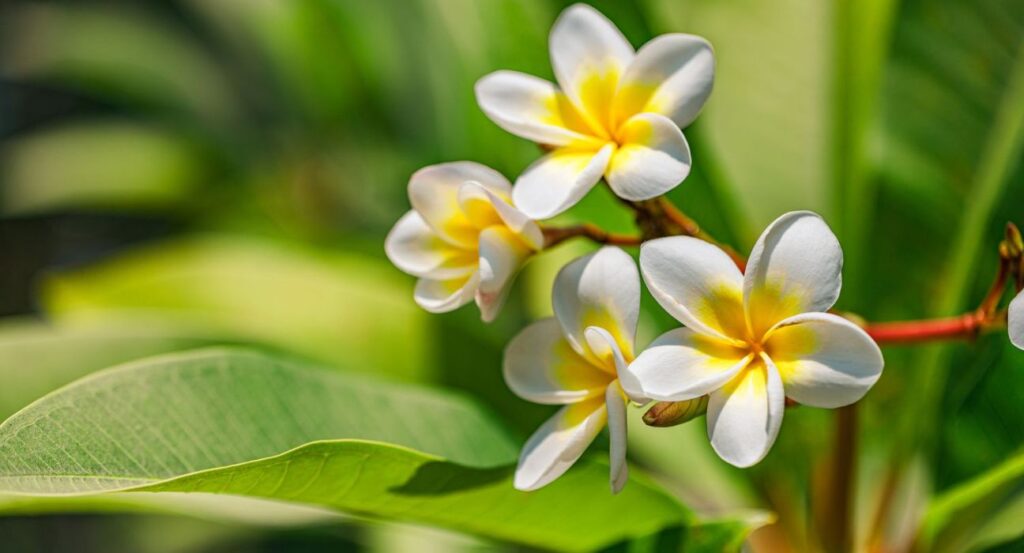
Plumeria is a tropical flower famous for its intoxicating fragrance and delicate petals. It blooms in clusters and is often used in Hawaiian leis.
Planting Tips:
- Requires full sun and warm temperatures.
- Use well-draining soil to prevent root rot.
- Minimal watering needed once established.
6. Parrot Lily (Alstroemeria psittacina)
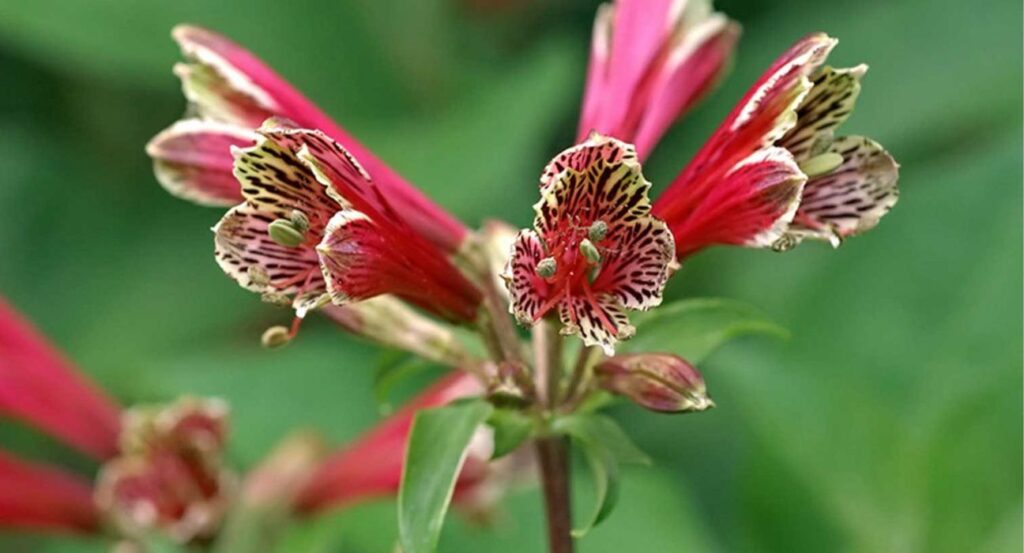
Parrot Lilies produce exotic, red and green striped blooms that resemble parrot feathers. These flowers make excellent cut flowers and grow well in containers.
Planting Tips:
- Prefers partial to full sun.
- Plant in well-draining soil rich in organic matter.
- Water regularly but avoid soggy soil.
7. Pasque Flower (Pulsatilla)
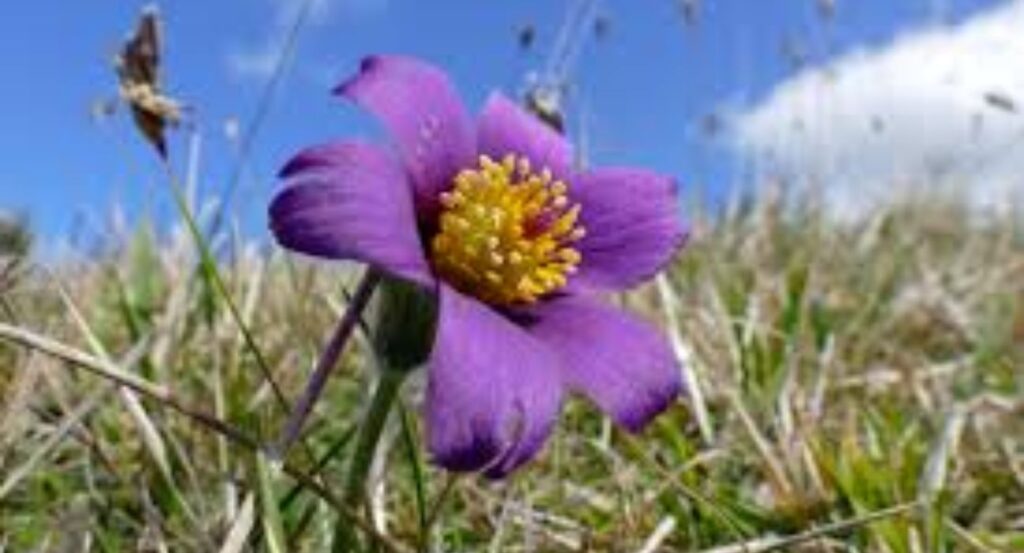
Pasque Flowers are early bloomers with bell-shaped purple flowers covered in soft, silvery hairs. They thrive in cooler temperatures and attract pollinators.
Planting Tips:
- Prefers full sun to partial shade.
- Tolerates poor, rocky soil.
- Once established, it requires little watering.
8. Peruvian Lily (Alstroemeria)

Peruvian Lilies are long-lasting, colorful flowers that come in orange, pink, red, and yellow shades. They are popular in floral arrangements due to their extended vase life.
Planting Tips:
- Needs full to partial sun.
- Keep soil consistently moist but not waterlogged.
- Mulch to retain moisture and prevent weeds.
9. Peacock Flower (Caesalpinia pulcherrima)
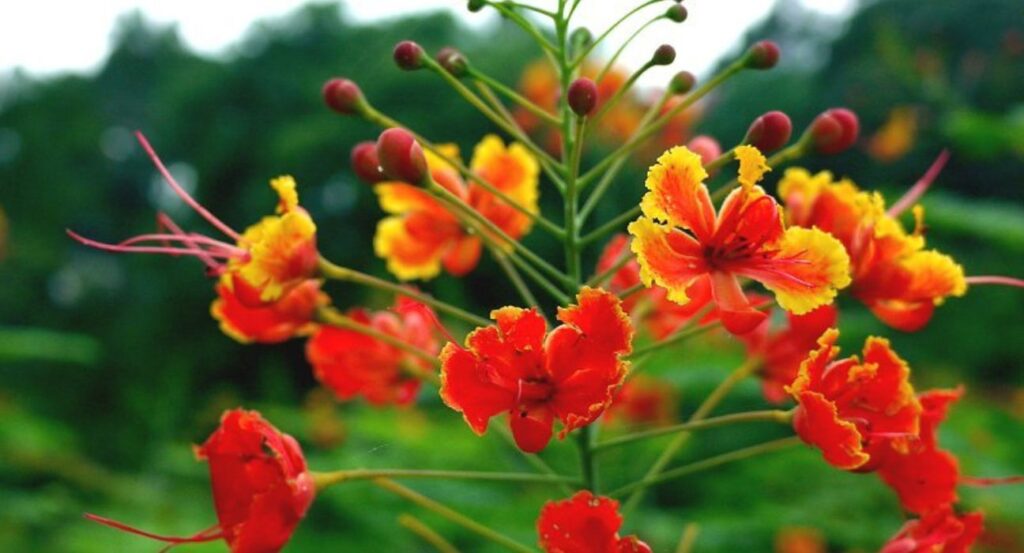
Peacock Flowers are fiery red, orange, and yellow blooms that resemble a peacock’s tail. They grow as shrubs and attract butterflies.
Planting Tips:
- Prefers full sun and warm temperatures.
- Drought-tolerant once mature.
- Grows best in sandy, well-draining soil.
10. Pimpernel (Anagallis arvensis)
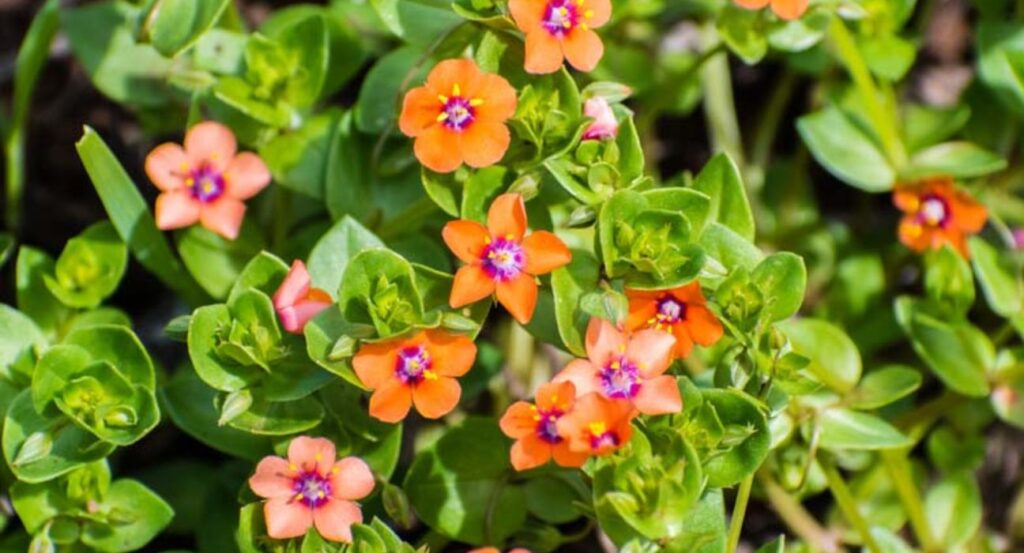
Pimpernel is a delicate wildflower with tiny star-shaped red or blue blooms. It is often found in meadows and along roadsides.
Planting Tips:
- Requires full sun and sandy soil.
- Grows well in dry conditions.
- Perfect for naturalized gardens.
11. Primrose (Primula vulgaris)

Primroses bloom early in spring with clusters of brightly colored flowers in pink, yellow, and purple. They thrive in cool, moist conditions and brighten up garden beds.
Planting Tips:
- Prefers partial shade and moist, well-draining soil.
- Water regularly to keep the soil damp but not soggy.
- Ideal for woodland gardens and borders.
12. Prairie Smoke (Geum triflorum)
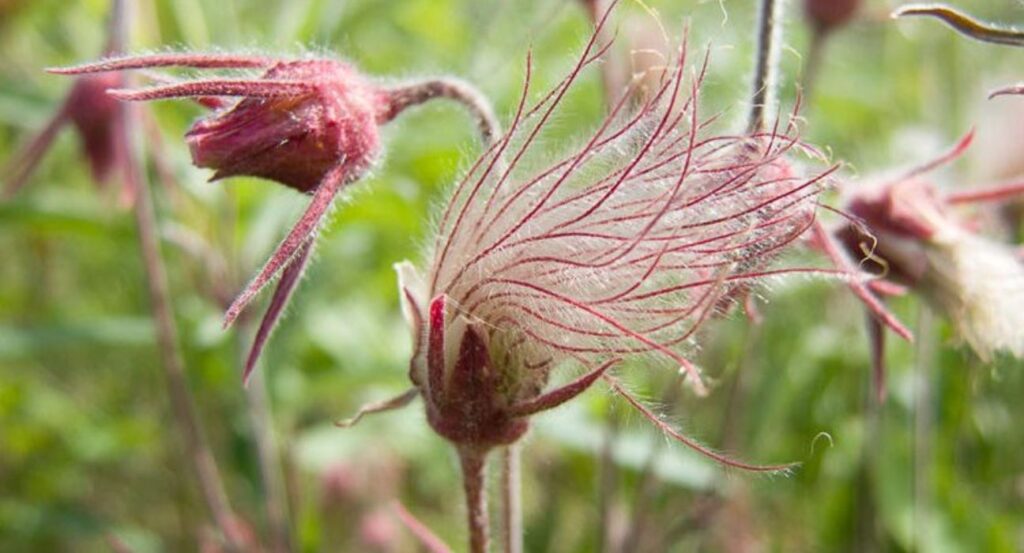
Prairie Smoke is a unique wildflower with feathery pink seed heads that resemble plumes of smoke. It is drought-resistant and thrives in dry prairie habitats.
Planting Tips:
- Requires full sun and well-drained soil.
- Tolerates drought and poor soil conditions.
- Spreads naturally and attracts pollinators.
13. Pink Jasmine (Jasminum polyanthum)
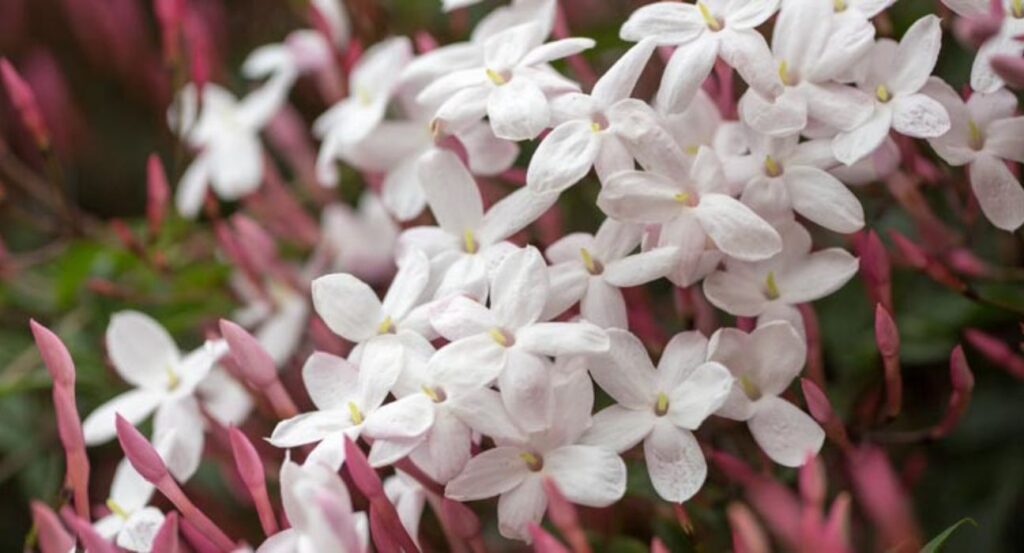
Pink Jasmine is a fragrant climbing plant with pink buds that open into white star-shaped flowers. It is widely grown on trellises and fences.
Planting Tips:
- Needs full sun to partial shade.
- Prefers well-drained, fertile soil.
- Regular pruning helps control growth.
14. Platycodon (Balloon Flower)
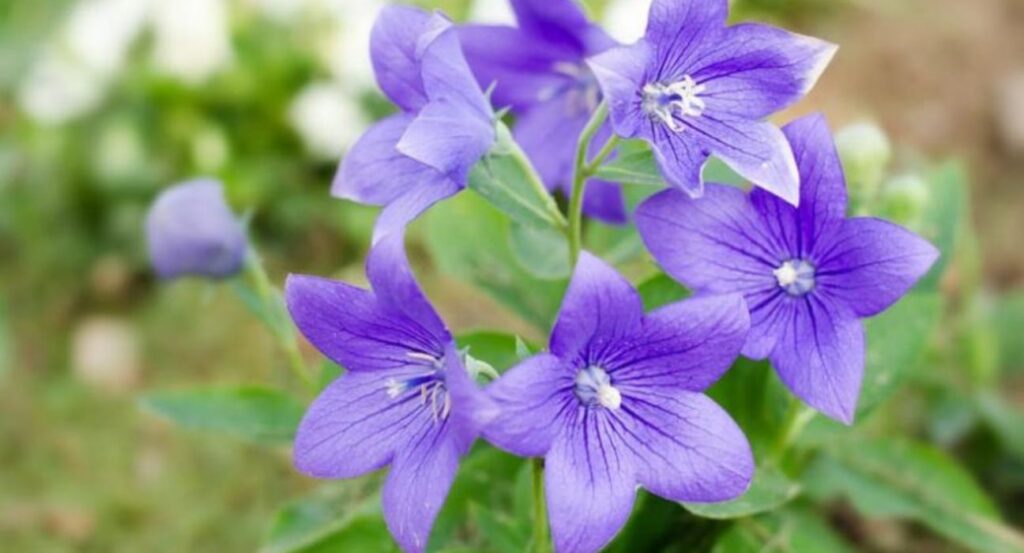
Balloon Flowers have buds that inflate like balloons before opening into beautiful blue, pink, or white flowers. They bloom from mid-summer to early fall.
Planting Tips:
- Grow in full sun to partial shade.
- Prefers rich, well-draining soil.
- Water moderately and avoid overwatering.
Read More: List of 41 Popular Flowers That Start with A
15. Polka Dot Plant (Hypoestes phyllostachya)
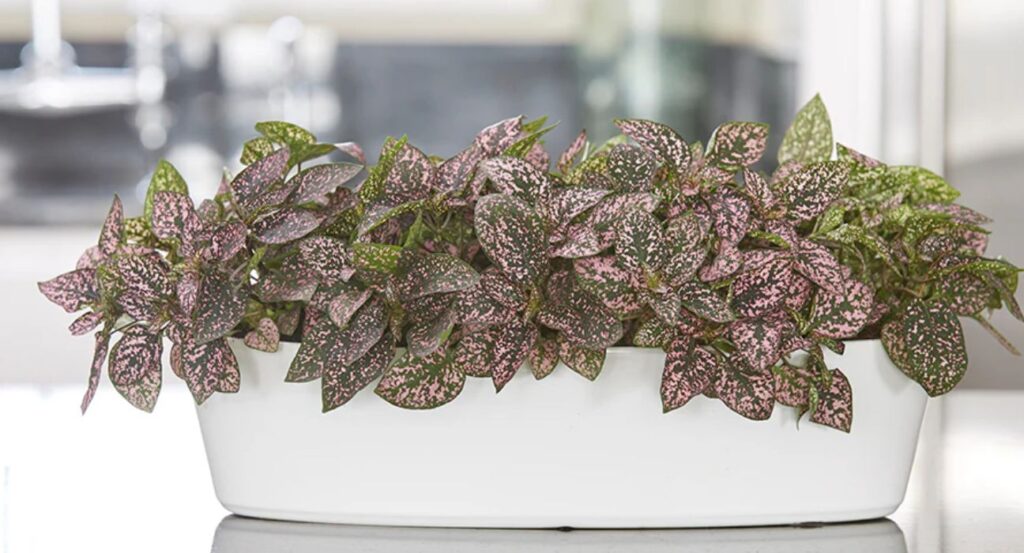
This decorative plant features spotted, colorful leaves and small purple flowers. It is often used as an indoor plant or in shaded garden beds.
Planting Tips:
- Prefers partial shade and warm temperatures.
- Keep soil moist but not waterlogged.
- Pinch back stems to encourage bushy growth.
16. Poppy Mallow (Callirhoe involucrata)
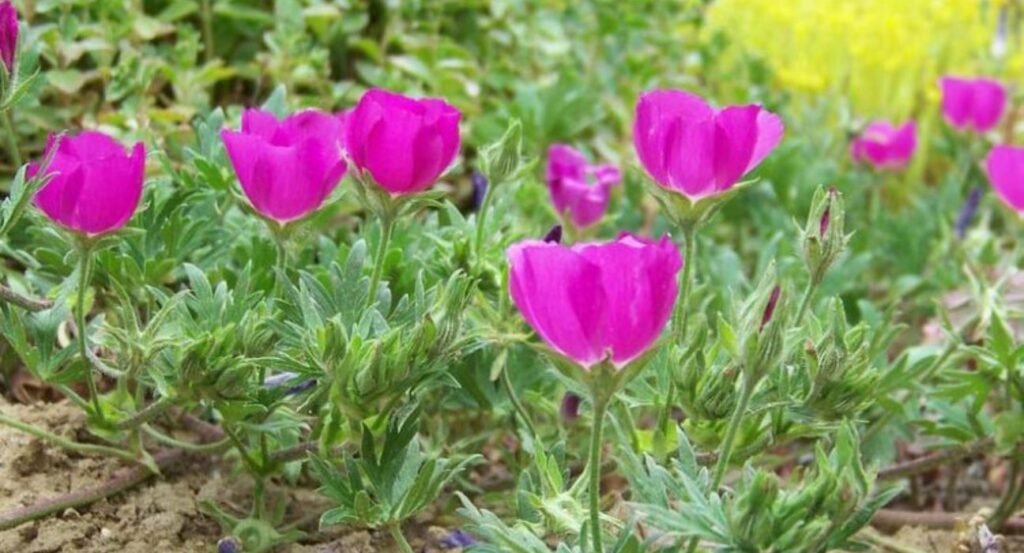
Also known as Winecups, this drought-resistant flower produces vibrant magenta blooms that resemble poppies. It spreads beautifully in wildflower meadows.
Planting Tips:
- Thrives in full sun and well-drained soil.
- Tolerates dry, sandy conditions.
- Ideal for rock gardens and borders.
17. Pawpaw Flower (Asimina triloba)
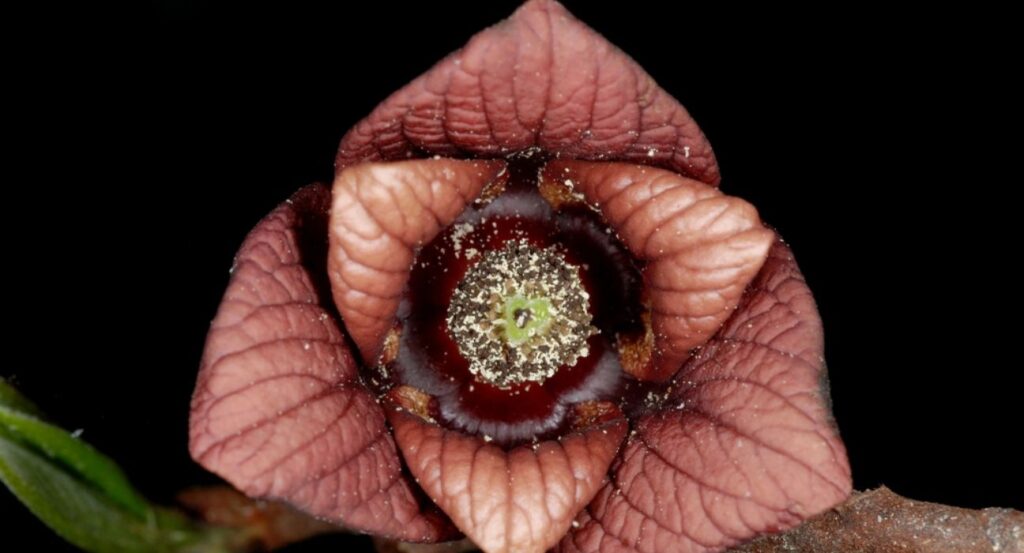
The Pawpaw tree produces small, maroon-colored flowers before yielding edible fruit. These blooms are a rare sight in North American woodlands.
Planting Tips:
- Requires partial to full sun.
- Prefers rich, well-drained soil.
- Attracts pollinators like beetles and flies.
18. Passion Flower (Passiflora)

This exotic vine produces intricate, star-shaped flowers in shades of purple, white, and blue. It is also known for its medicinal and edible properties.
Planting Tips:
- Needs full sun and warm temperatures.
- Requires support like a trellis or fence.
- Water regularly but avoid soggy soil.
19. Pearly Everlasting (Anaphalis margaritacea)
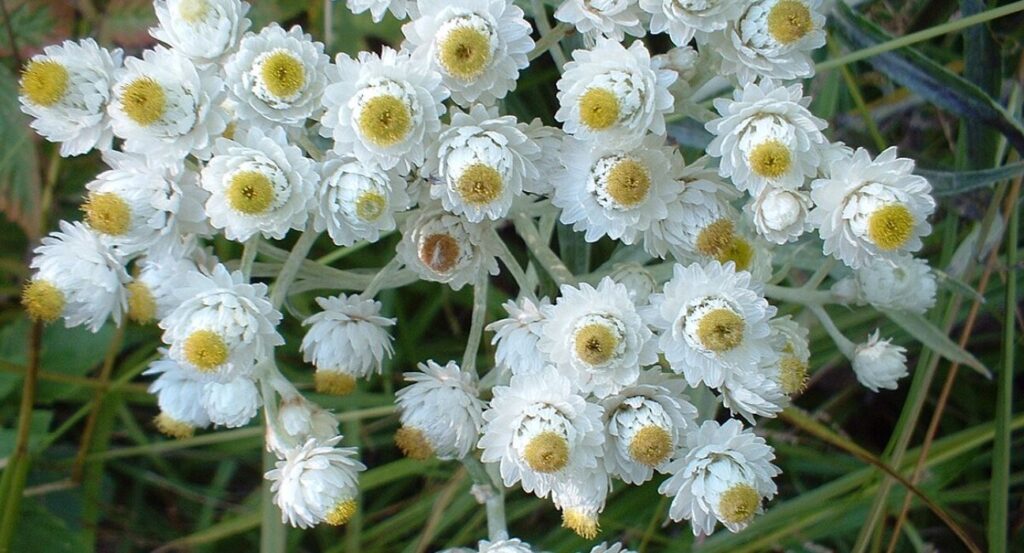
Pearly Everlasting features clusters of small, white, paper-like flowers that dry well for floral arrangements. It is a hardy, drought-tolerant perennial.
Planting Tips:
- Prefers full sun and sandy soil.
- Water sparingly; drought-resistant once established.
- Attracts butterflies and beneficial insects.
20. Pineapple Lily (Eucomis)
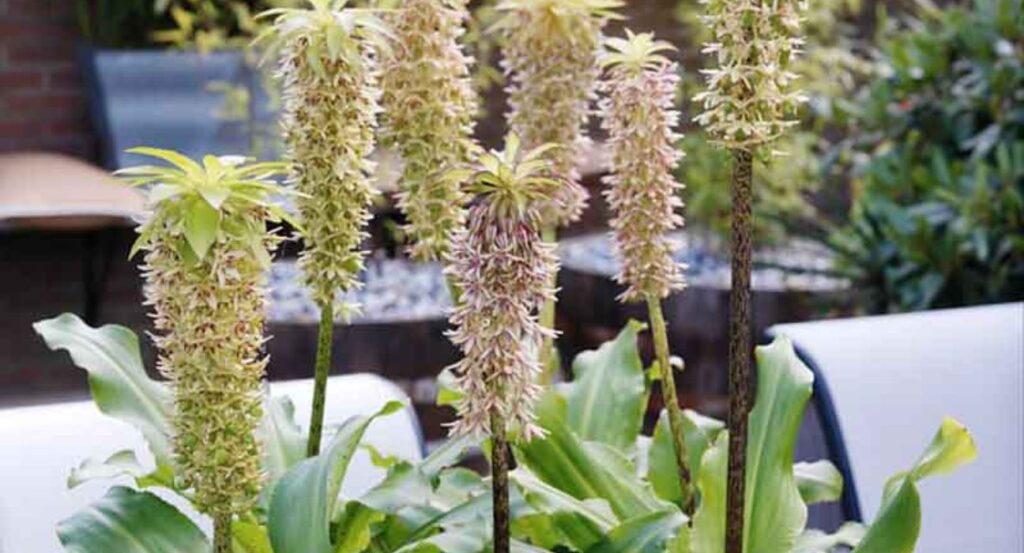
Pineapple Lilies produce tropical-looking flower spikes that resemble pineapples. They are grown for their unique appearance and long-lasting blooms.
Planting Tips:
- Prefers full sun and well-draining soil.
- Water regularly but avoid overwatering.
- Ideal for container gardening.
21. Plume Celosia (Celosia argentea var. plumosa)
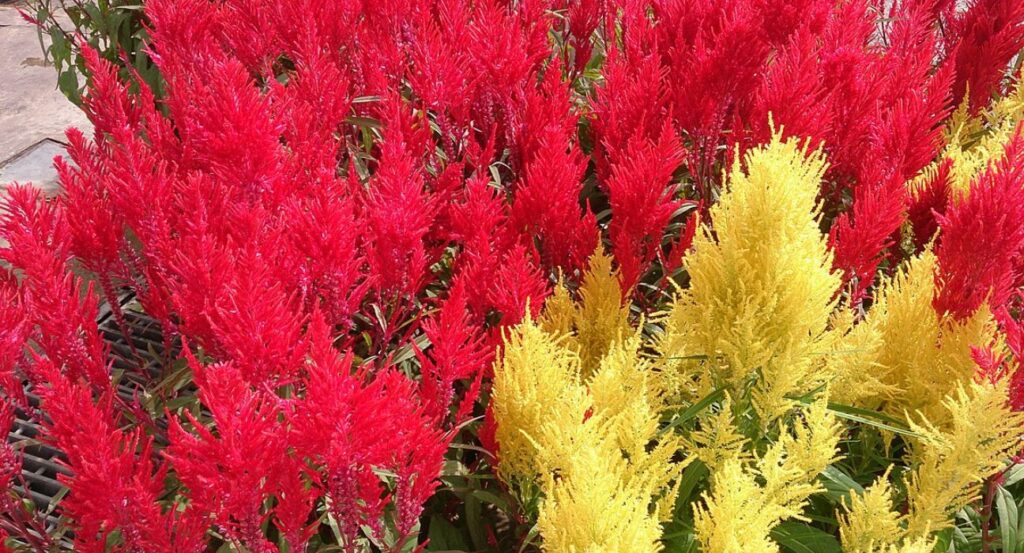
Plume Celosia is an eye-catching annual with feathery, flame-like flower spikes in vibrant shades of red, pink, yellow, and orange. These flowers add striking texture to flower beds and borders.
Planting Tips:
- Prefers full sun and well-draining soil.
- Water regularly but avoid soggy soil.
- Deadhead spent blooms to encourage continuous flowering.
22. Pot Marigold (Calendula officinalis)
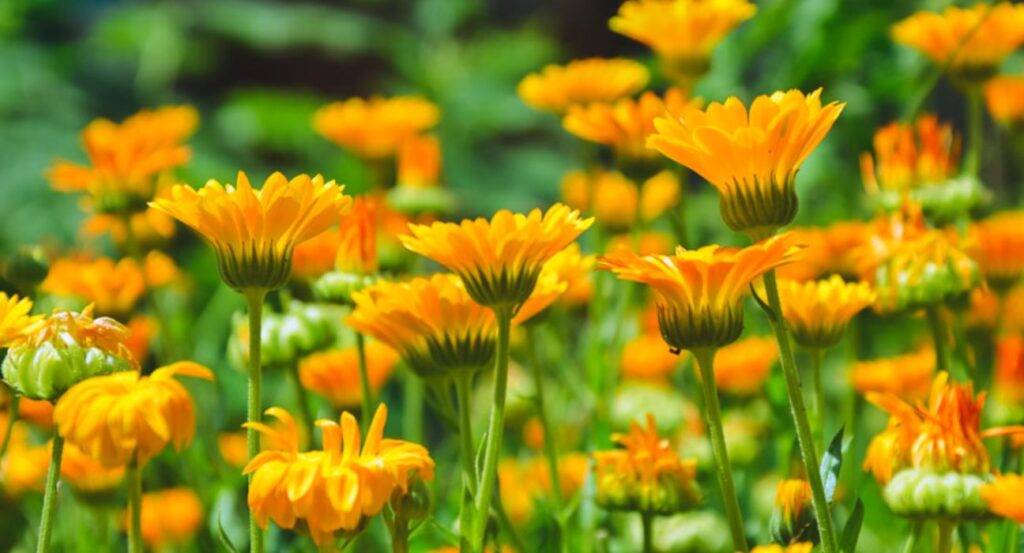
Pot Marigolds are cheerful, daisy-like flowers in bright yellow and orange hues. They are easy to grow and often used in herbal remedies for skin healing.
Planting Tips:
- Grow in full sun or partial shade.
- Thrives in moderately fertile, well-draining soil.
- Water consistently to keep soil evenly moist.
23. Prairie Phlox (Phlox pilosa)
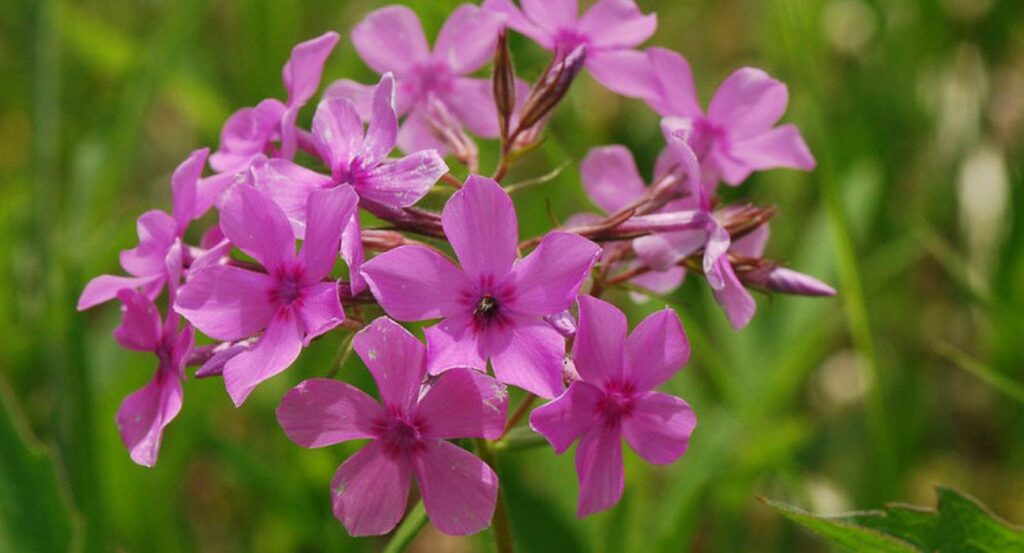
Prairie Phlox is a low-growing perennial with clusters of pink, purple, or white star-shaped flowers. It is an excellent ground cover that attracts pollinators.
Planting Tips:
- Requires full sun and well-drained soil.
- Drought-tolerant once established.
- Perfect for wildflower meadows and rock gardens.
24. Perennial Pea (Lathyrus latifolius)
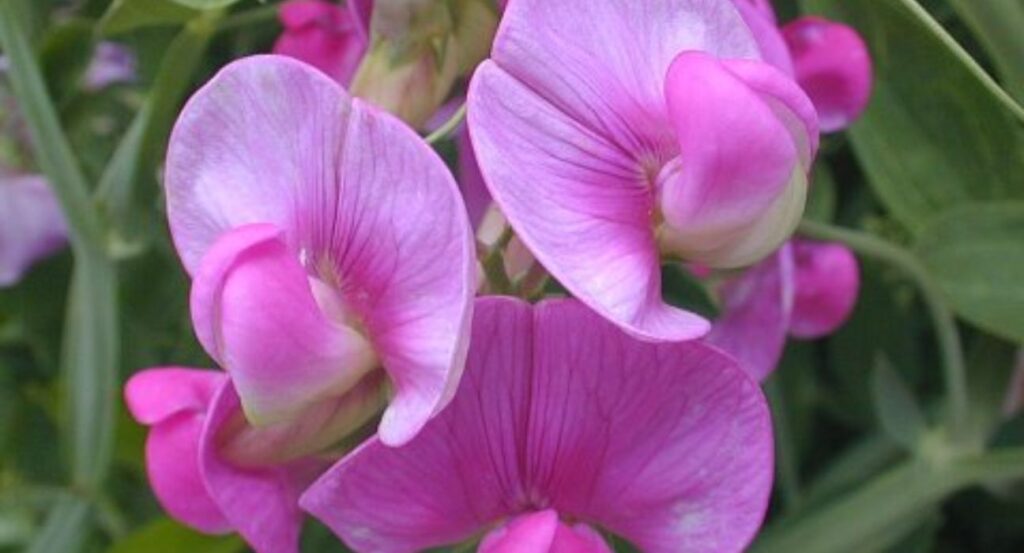
Also known as Everlasting Pea, this climbing vine produces delicate pink, white, and purple flowers throughout summer. It is often grown on trellises and fences.
Planting Tips:
- Needs full sun and rich, well-draining soil.
- Provide a trellis for support.
- Prune after flowering to control its spread.
25. Pelargonium (Geraniums)
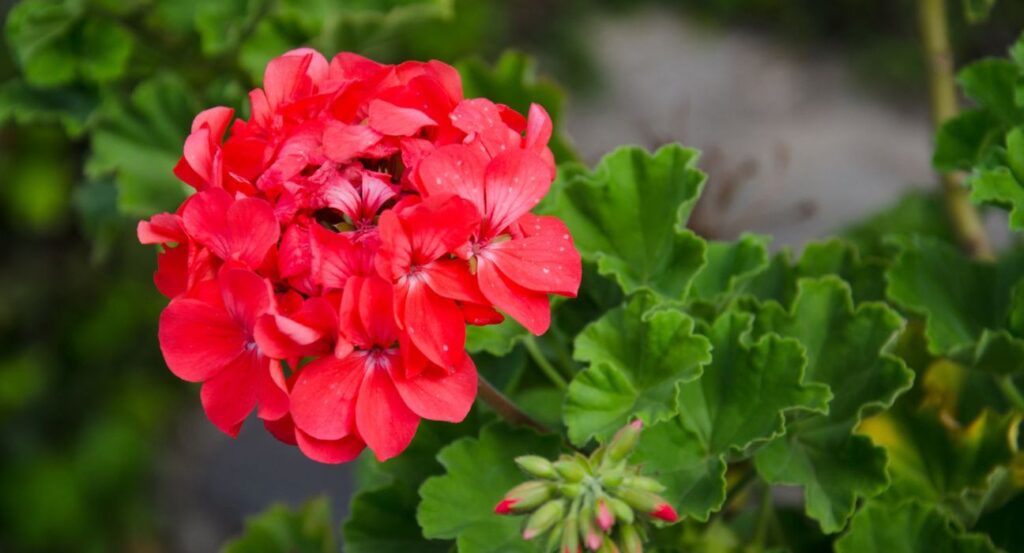
Pelargoniums, commonly known as Geraniums, are colorful, easy-to-grow flowers used in pots, borders, and hanging baskets. They come in red, pink, white, and purple shades.
Planting Tips:
- Prefers full sun and well-drained soil.
- Water moderately; avoid waterlogging.
- Deadhead spent flowers to prolong blooming.
26. Passion Vine (Passiflora incarnata)

Passion Vines produce exotic, intricate flowers with a combination of purple, white, and blue filaments. These vines grow quickly and are known for their medicinal benefits.
Planting Tips:
- Grow in full sun with a trellis for climbing.
- Prefers moist but well-drained soil.
- Attracts butterflies and bees.
27. Purple Coneflower (Echinacea purpurea)
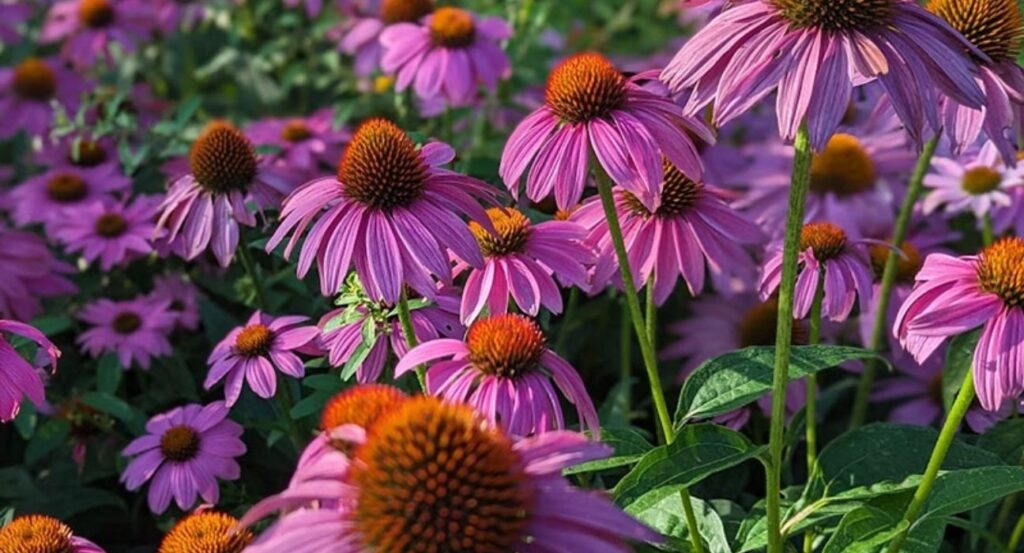
Purple Coneflowers are hardy perennials with large, daisy-like purple flowers and raised brown centers. They are drought-tolerant and attract butterflies.
Planting Tips:
- Requires full sun and well-drained soil.
- Water regularly in the first growing season.
- Deadhead spent blooms to encourage more flowers.
28. Prairie Clover (Dalea purpurea)
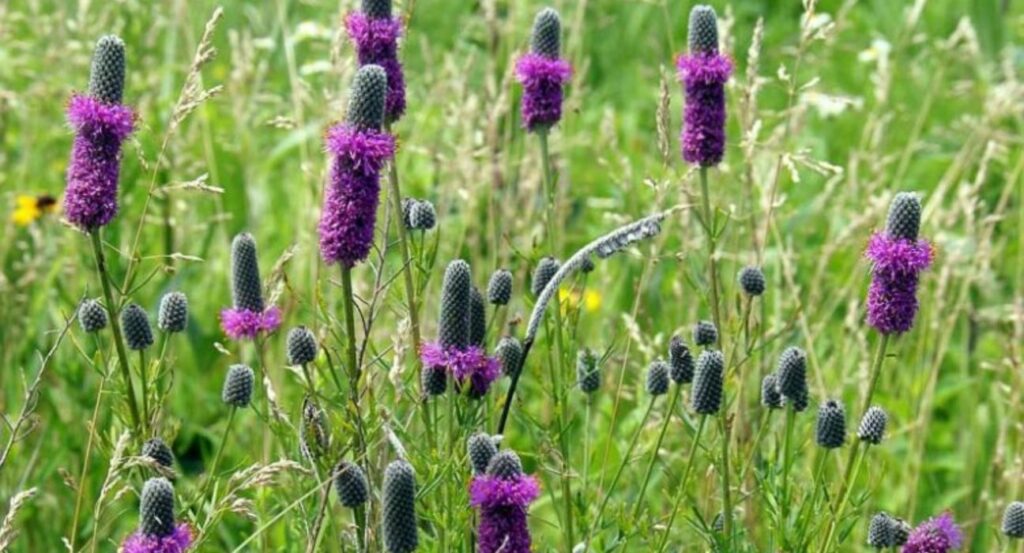
Prairie Clover features cylindrical purple flower spikes that bloom in mid-summer. It is a nitrogen-fixing plant that improves soil health.
Planting Tips:
- Thrives in full sun and dry, sandy soil.
- Drought-tolerant and requires little maintenance.
- Ideal for prairie gardens and pollinator habitats.
29. Periwinkle (Vinca minor)
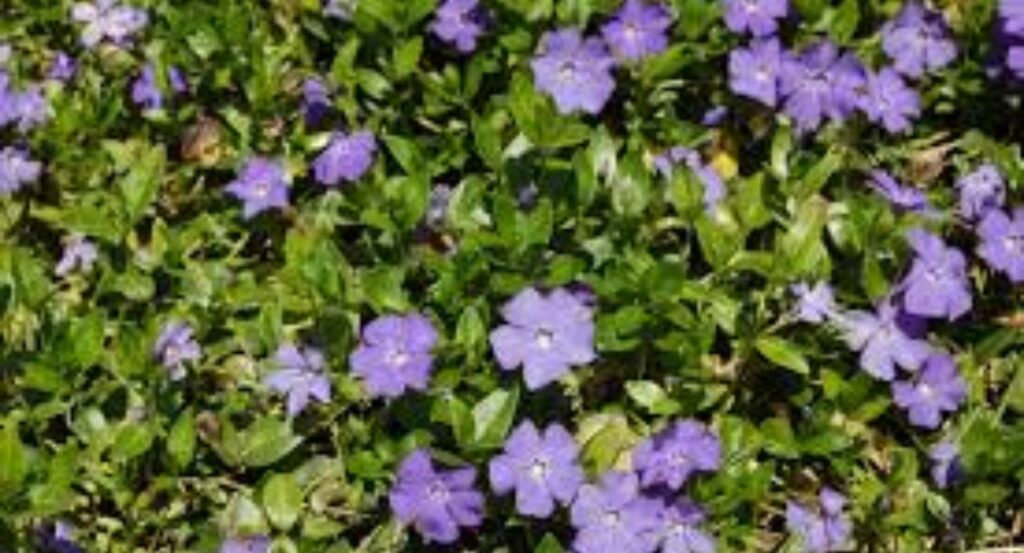
Periwinkle is a fast-spreading ground cover with small purple, blue, or white flowers. It thrives in shady areas and prevents soil erosion.
Planting Tips:
- Prefers partial shade and moist, well-draining soil.
- Requires occasional pruning to control spread.
- Drought-tolerant once established.
30. Pineapple Sage (Salvia elegans)
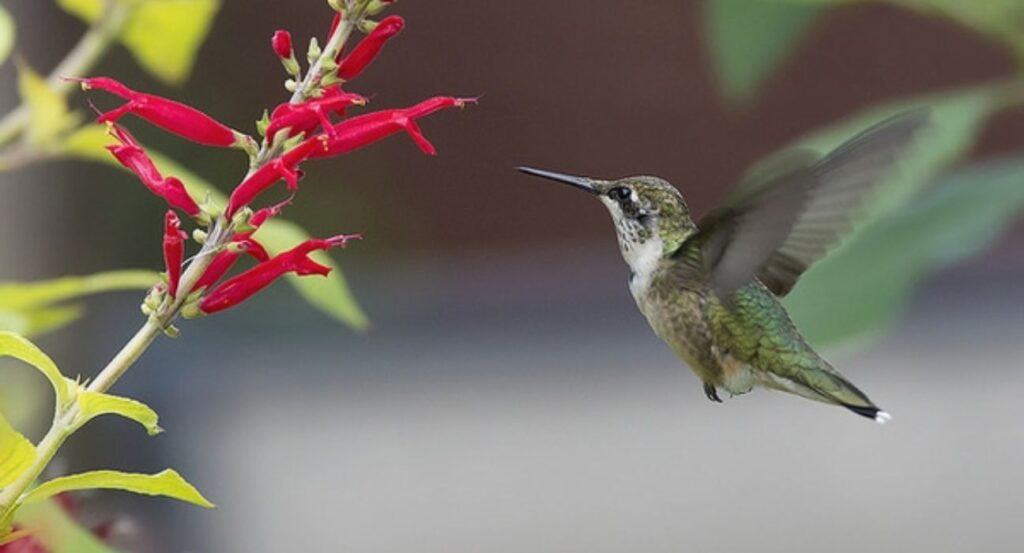
Pineapple Sage produces bright red, tubular flowers and fragrant leaves that smell like pineapple. It attracts hummingbirds and is used in teas and garnishes.
Planting Tips:
- Prefers full sun and well-drained soil.
- Water regularly in hot weather.
- Pinch back stems to encourage bushy growth.
31. Prickly Poppy (Argemone mexicana)
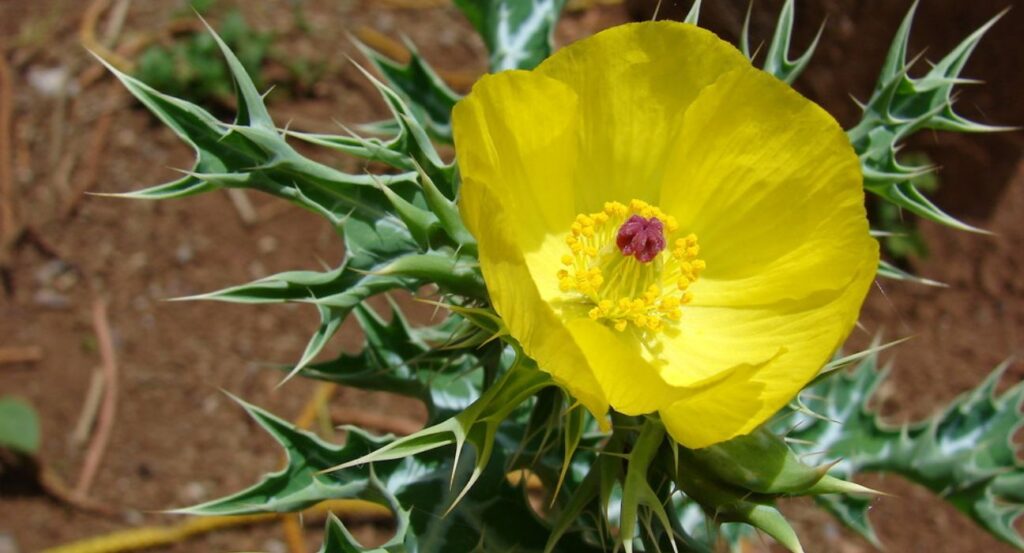
Prickly Poppies have bright yellow or white flowers with spiny leaves. These drought-tolerant wildflowers are commonly found in dry regions.
Planting Tips:
- Requires full sun and sandy, well-drained soil.
- Tolerates drought and poor soil.
- Handle carefully due to spiky leaves.
32. Polyanthus Primrose (Primula polyantha)
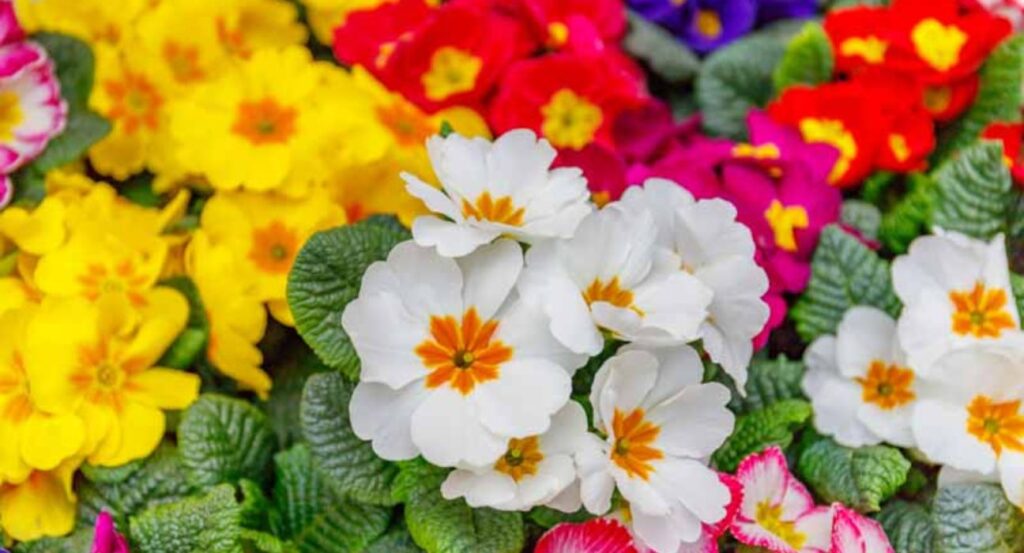
Polyanthus Primroses bloom in early spring with clusters of colorful flowers. They are ideal for cottage gardens and container planting.
Planting Tips:
- Prefers partial shade and moist, rich soil.
- Keep soil consistently damp but not waterlogged.
- Deadhead spent flowers to encourage new blooms.
33. Partridge Pea (Chamaecrista fasciculata)
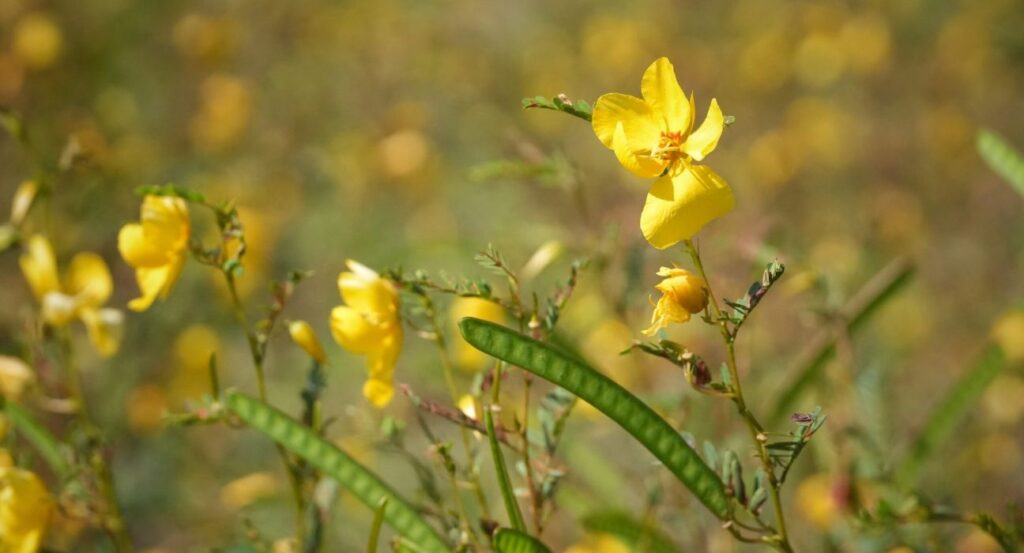
Partridge Pea is a bright yellow, wildflower native to North America that provides food for pollinators and birds.
Planting Tips:
- Thrives in full sun and sandy, well-drained soil.
- Requires minimal watering.
- Great for prairie restoration projects.
34. Pumpkin Flower (Cucurbita pepo)
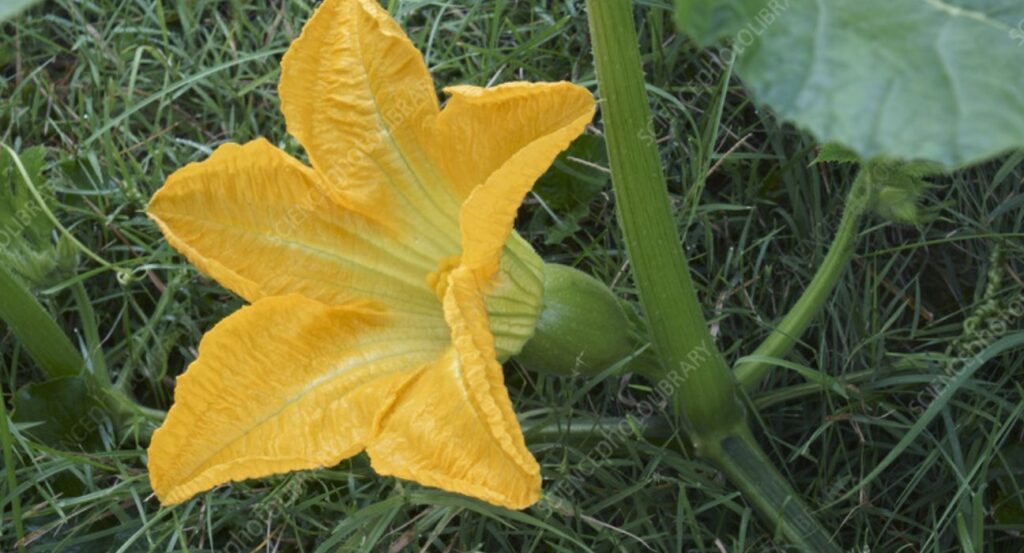
Pumpkin Flowers are large, bright yellow blooms that later develop into pumpkins. These edible flowers are used in cooking.
Planting Tips:
- Needs full sun and fertile, well-drained soil.
- Water regularly, especially in hot weather.
- Harvest flowers in the morning when fully open.
35. Pink Knotweed (Persicaria capitata)
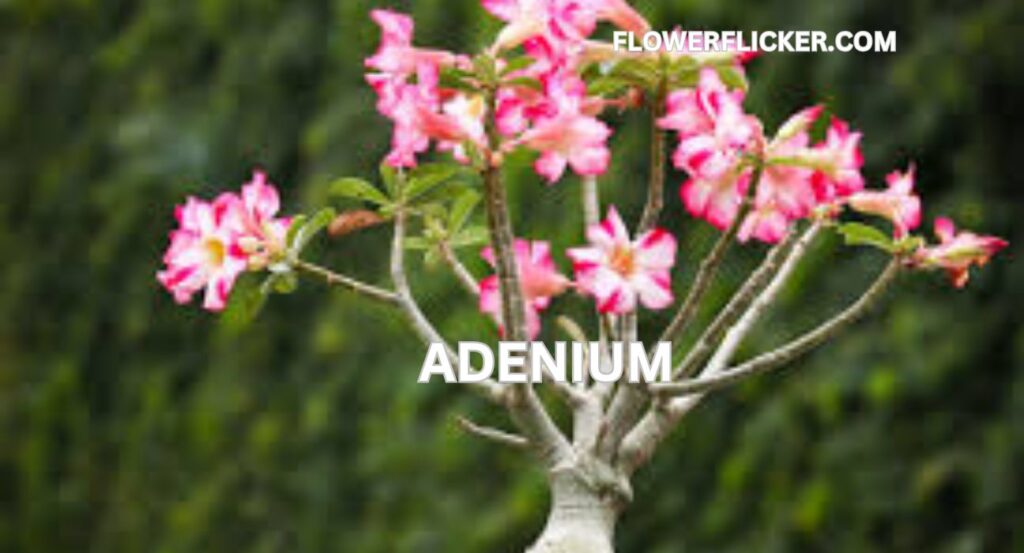
Pink Knotweed is a low-growing ground cover with tiny, globe-shaped pink flowers. It spreads quickly and prevents soil erosion.
Planting Tips:
- Prefers full sun to partial shade.
- Tolerates poor soil and drought conditions.
- Requires trimming to prevent excessive spreading.
Conclusion
Flowers that start with “P” offer a diverse selection for gardens, ranging from hardy wildflowers to exotic tropical blooms. Whether you’re planting Pansies, Plumerias, or Peonies, there’s a perfect P flower for every landscape. Try incorporating some of these beautiful blooms into your garden for a vibrant and colorful display all season long!
Read More: What Do Yellow Flowers Mean?


